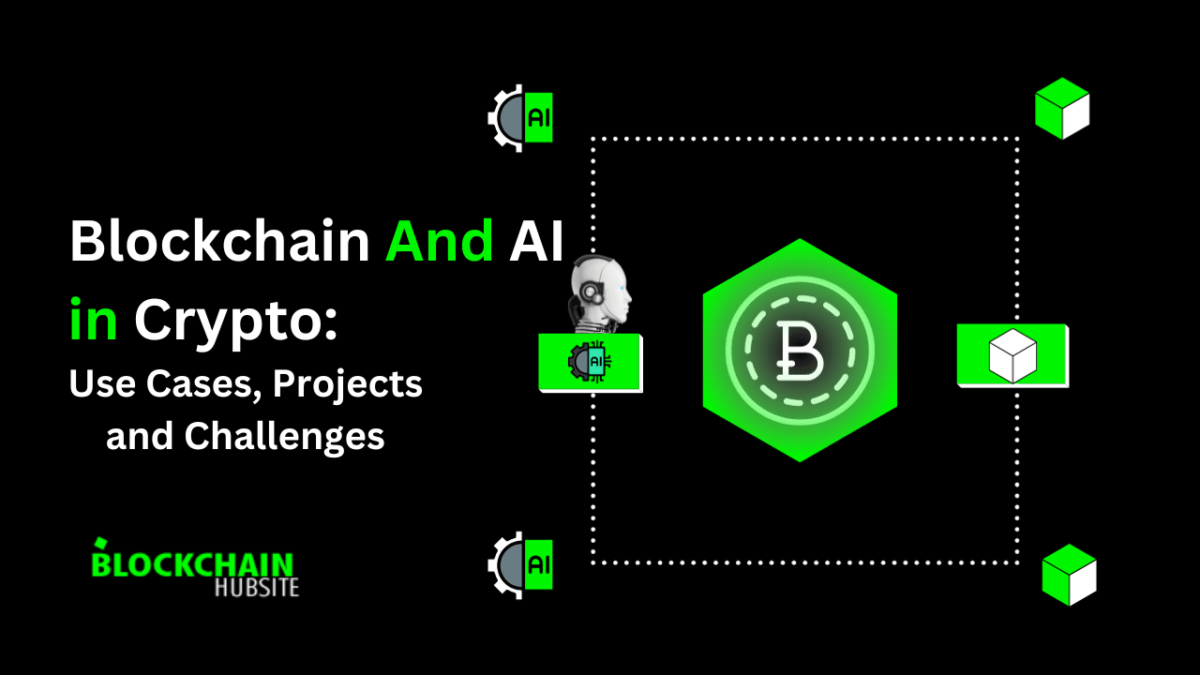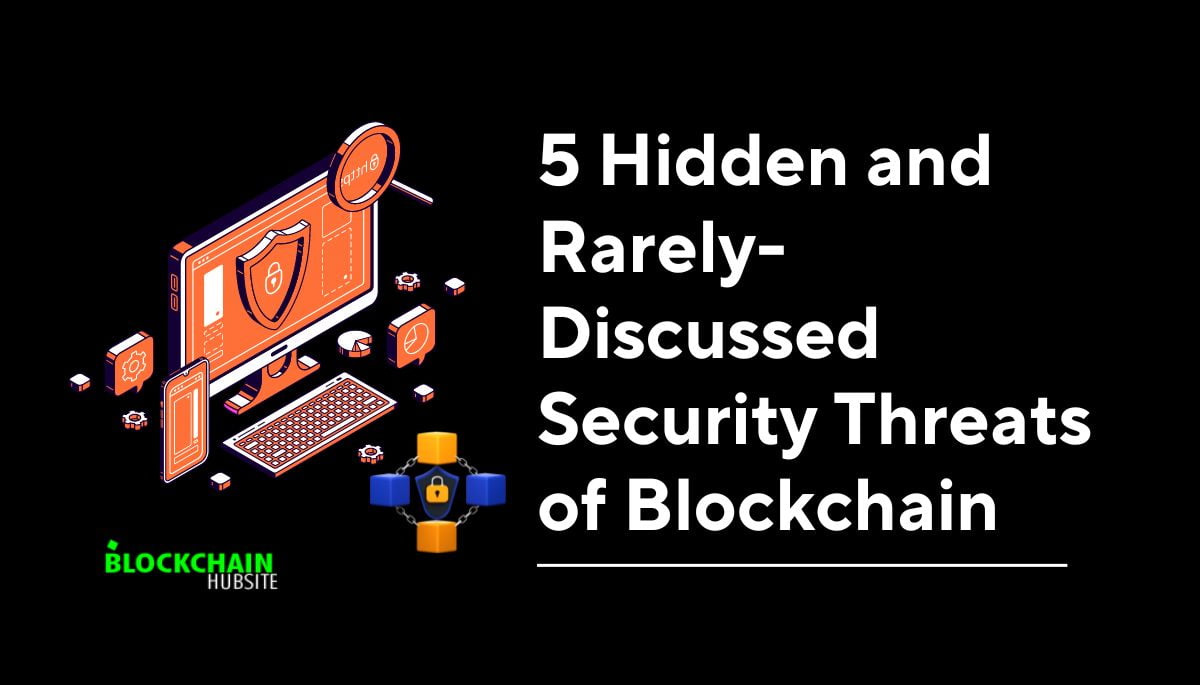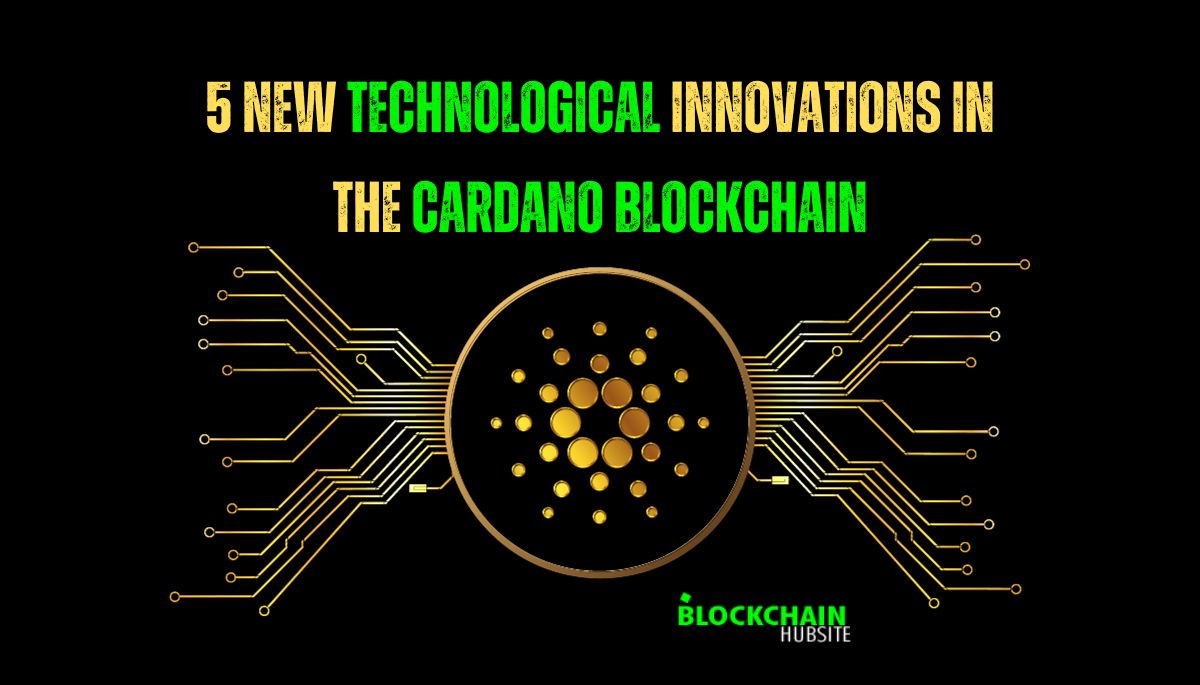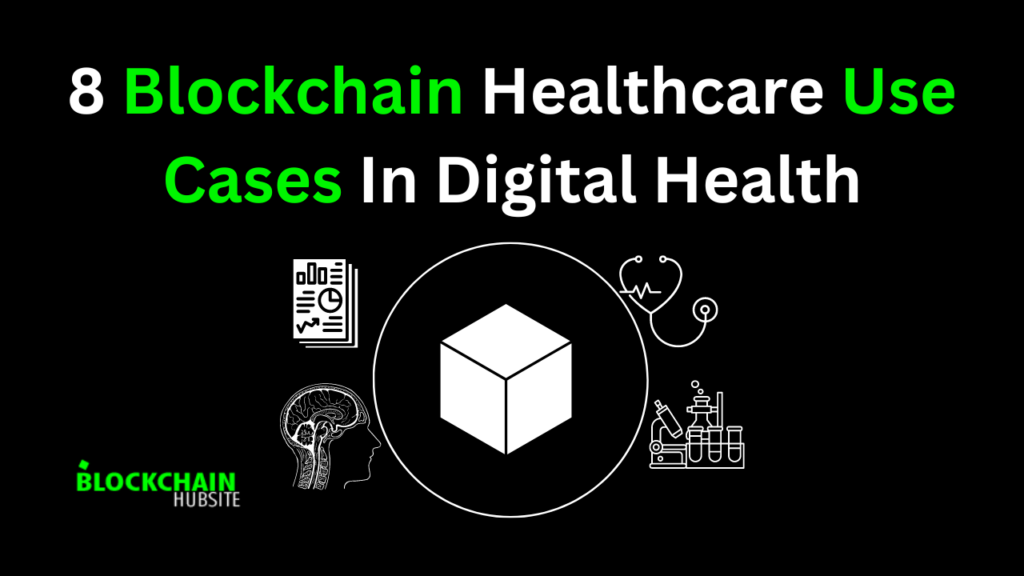
Introduction
In cryptocurrencies and digital assets, the fusion of blockchain technology and artificial intelligence (AI) creates new opportunities. Though still in its early phases, the marriage of these two powerful technologies is already enabling new applications ranging from predictive analytics to automated smart contracts.
This post will examine some of the most critical use cases and groundbreaking blockchain-AI initiatives. We’ll discuss how artificial intelligence (AI) can improve cryptocurrency trading, allow self-executing contracts, and even produce AI-generated artwork marketed as non-fungible tokens (NFTs).
We’ll also need help successfully fusing distributed ledgers and AI algorithms. It is necessary to properly handle the problems of openness, explainability, and potential biases. However, there are numerous opportunities for those willing to capitalize on the potential of both technologies.
With cryptocurrency use gradually increasing in recent years, the benefits of collaboration between blockchain and AI are more promising than ever. Join us as we explore this thrilling new frontier!
How is blockchain and AI converging to revolutionize the cryptocurrency industry? Discover innovative use cases, cutting-edge projects, and the inherent challenges at the intersection of Blockchain And AI in Crypto. This article explores the latest trends, projects, and challenges in this emerging field.
Blockchain in Crypto
Blockchain technology is the basis for most cryptocurrencies. It is a decentralized network of computers that uses distributed ledger technology to record transactions in a verifiable and permanent manner. Some of the most important characteristics of blockchain are:
Decentralization: The ledger is distributed across multiple nodes rather than managed by a central authority. This eliminates the possibility of a single point of failure.
Also read: Blockchain Light Nodes and Everything You Need to Know About Them
Transparency: Transactions are accessible to all network participants, allowing for complete transparency.
Security: Cryptographic techniques safeguard data and prevent it from being tampered with or hacked.
Immutability: Records cannot be changed retroactively without affecting all succeeding blocks. This ensures the integrity of the data.
These characteristics make blockchain appropriate for use in cryptocurrency. It enables peer-to-peer transactions without intermediaries and encourages trust through transparency and security. Blockchain networks are the foundation for popular cryptocurrencies like Bitcoin and Ethereum. The technology’s decentralization and reliability promise to transform finance and many other industries in the future.
The Intersection of Blockchain and AI
While blockchain and AI have enormous value, combining these technologies opens up even more possibilities. Here are some examples of how they might complement each other:
- Blockchain data analysis using AI-based algorithms can reveal patterns, trends, and insights that are otherwise challenging for humans to identify.
- Blockchain provides the underlying infrastructure for trusted AI models and data exchange.
- Combining AI and blockchain enables the development of decentralized networks of AI systems that provide greater security and transparency than centralized AI models.
- Blockchain allows for the secure sharing of sensitive AI data for collaborative development while protecting data privacy.
We are already seeing the convergence of blockchain with AI in sectors such as decentralized banking and supply chain management.
Also read How Can Features of Blockchain Support Sustainability Efforts
AI in Crypto

Artificial intelligence (AI) is a programming language that allows robots to simulate human-level intellect for visual perception, speech recognition, and decision-making. The digital currencies industry can benefit significantly from AI and its many uses.
Automated Trading: Artificial intelligence (AI) algorithms can evaluate market data and optimize trading techniques. This allows for faster and more precise trading.
Fraud Detection: Artificial intelligence pattern identification assists in recognizing suspicious actions such as pump and dump scams, wash trading, etc.
Customer Service: Chatbots with natural language processing help users resolve account-related concerns.
Sentiment Analysis: AI can analyze internet conversations to determine market sentiment and forecast price changes.
Portfolio Management: AI-powered robo-advisors provide specialized portfolio management services to cryptocurrency investors.
We expect crypto firms to integrate AI to improve security, trading progressively, and the user experience as AI and machine learning advance.
Potential Use Cases of Al in Crypto
Here are a few potential uses of AI in the world of cryptocurrencies, from data processing to the creation of hedge funds:
Al and crypto integration
The world of cryptocurrencies could greatly benefit from artificial intelligence. It has the potential to increase field automation.
Trading and data processing
Businesses can utilize AI to automate operations such as data processing, data quality checks, data security, and cryptocurrency trading. AI reduces the possibility of data breaches and errors. Furthermore, the system provides data consistency, accuracy, and safety.
The technology can also help develop smart contracts for crypto-related platforms. AI can help developers write code that defines smart contracts’ rules, processes, and logic. They can use AI to release code and efficiently ensure crypto dApps’ functionality.
Developers can construct AI tokens to improve the user experience, security, and network scalability.
Monetization of Data
Businesses can create a blockchain platform that allows users to sell their AI services. They can use cryptocurrency to create and trade services. They can also use multi-agent systems (MAS) for multi-stakeholder scenarios in this marketplace.
The Hedge Fund
Businesses can create a hedge fund using AI and machine learning. AI can invest in the global stock market using this fund. This platform may have a native currency to facilitate network payments.
Use Cases of Blockchain and AI in Crypto

Now that we’ve covered the fundamentals of blockchain and AI, let’s look at real-world examples of their implementation in the crypto sector.
Trading in Cryptocurrency
Automated cryptocurrency trading employing AI algorithms is becoming more common. AI analyzes previous data, recognizes patterns, and optimizes trade execution for profit. It can respond to market changes more quickly than humans. Meanwhile, blockchain records all trading activity in a transparent and tamper-proof manner.
For example, the Cindicator platform leverages blockchain and AI to manage crypto assets.
Users provide the data that artificial intelligence systems use to improve trading decisions.
Through blockchain-based incentives, participants are rewarded for making accurate predictions. The combination improves both trust and efficiency.
Security and Fraud Detection
AI assists in detecting and preventing fraud, such as market manipulation on trading platforms. Transactions, internet activities, and other data analysis can uncover trends typical of fraudulent schemes. Humans have difficulty detecting such risks, but AI can detect anomalies and dangerous behaviors that signal manipulation.
By cryptographically confirming transactions, blockchain creates strong security. All records are transparent to network users and immutable. In addition to making audit trails accessible, this also stops the processing of fraudulent transactions. Blockchain, when paired with AI, significantly enhances the security and compliance of crypto platforms.
Decentralized Finance (DeFi)
DeFi’s goal is to use blockchain to revolutionize financial services in a decentralized manner. AI can improve DeFi protocols in credit rating and market forecasting areas. For example, SciDex uses both technologies to provide decentralized market indices and analytical tools.
Blockchain also allows AI systems to communicate with financial protocols directly. SingularityNET, an AI network, collaborated with blockchain platform Harmony to enable AI agents to interface with DeFi protocols for micropayments. Collaborations like these will promote innovation at the interface of AI and DeFi.
Supply Chain and Tokenization
Because of its immutable records, blockchain is great for supply chain traceability. AI adds another degree of integrity and transparency by enabling real-time analysis of supply chain data.
Tokenization, or the representation of real-world assets on the blockchain, also benefits from AI regarding valuation and compliance. For example, AI validates documents and extracts information to evaluate tokenized assets. It is so that combining blockchain tokenization and artificial intelligence results in the trusted and efficient digitization of physical assets.
Smart contracts
AI can be used to create more complex and sophisticated smart contracts. Smart contracts are self-executing contracts that can be used to automate a wide range of transactions. With AI, smart contracts can be made more responsive and adaptive to changing conditions.
Recent Developments for Blockchain and AI in Crypto
- Crypto trading bots demonstrate the practical application of artificial intelligence in simplifying trading operations and processes. In addition to managing portfolios and putting stop losses in place, these bots can also automate trading activity. AI-powered cryptocurrencies use machine learning algorithms to monitor market patterns and perform trades automatically. AI in cryptocurrency trading allows for more educated decisions based on data analysis and market patterns.
- Solana is the first blockchain to integrate AI with a ChatGPT plugin, marking a significant milestone. This plugin adds AI capabilities to several tasks, including buying and selling NFTs, analyzing data from public accounts, finding NFT collections based on floor price, and token discovery.
- The Sandbox is a blockchain-based decentralized virtual gaming world where participants can buy and trade digital assets such as NFT land parcels. You’ll need SAND coins to enter the Sandbox metaverse. The price of SAND rises as more individuals join. This fusion of Web3, cryptocurrencies, and the metaverse improves the player experience while providing opportunities for passive revenue.
- KuCoin, a cryptocurrency exchange, performed a survey titled “Adding to the AI Hype,” which revealed that around 59 percent of participants support AI improvements in blockchain and crypto trading. Both Generation Z and Generation Y are more enthusiastic about this technology. As all three generations desire efficient processes and tailored experiences, they are all interested in using AI technologies for education and business.
- Three AI-driven cryptocurrencies that have received substantial interest from investors and enthusiasts are InQubeta (QUBE), AiDoge (AI), and CryptoGPT (GPT). These projects stand out because of their distinctive value propositions, which make them great additions to your cryptocurrency portfolio for future growth.
- InQubeta is an AI-powered cryptocurrency transforming finance by providing simple investing possibilities. The Ethereum blockchain uses cutting-edge algorithms and machine intelligence for decentralized finance (DeFi). The deflationary QUBE token enables fractional investments in AI businesses while providing reliable and safe transactions. InQubeta is an NFT marketplace where users may buy and exchange NFTs reflecting equity in AI companies. It also lets you own valuable digital art, making it a top AI cryptocurrency. With the initiative still in its early stages, it provides a tremendous opportunity for portfolio expansion.
- AiDoge is a cryptocurrency based on AI that focuses on meme accessibility. It uses the cryptocurrency industry’s meme adoption to produce AI-driven, top-notch memes on current crypto trends. Users add text instructions to create timely memes. The user-friendly platform offers chances for staking tokens, voting on content, and a token-based credit system. AiDoge is still in its early phases but has already raised more than $9.4 million, offering it an intriguing option for portfolio development and diversity.
- Formerly known as CryptoGPT, LayerAI (LAI) is a ZK Layer-2 blockchain platform with aspirations of becoming the Internet of Artificial Intelligence. It is the second most popular AI platform after ChatGPT, with over 2 million users. LayerAI focuses on consumer apps for extensive retail adoption. LayerAI is a pioneering project in the DeFi arena, offering cutting-edge technologies and infrastructures that transform the DeFi market. Their forthcoming products include KyotoX, a decentralized AI project finance super software, and Layer Marketplace, which allows retail users to monetize browsing data.
- According to information provided in a Medium piece by the team, Avorak is getting ready to launch on the BNB Smart Chain. Several factors influenced the decision to use the Binance-driven network, including the high number of active addresses, association with Binance as the world’s largest cryptocurrency exchange, lower fees than Ethereum, and a top 5 Total Value Locked (TVL) across the network. These reasons are consistent with Avorak’s goal of making the ecosystem accessible to users of all financial levels, reducing the necessity for excessive spending on gas fees or navigating various exchanges.
Regulatory Difficulties and Opportunities for Blockchain and AI in Crypto
Because these technologies are new and fast-developing, integrating blockchain, AI, and cryptocurrencies presents regulatory challenges.
Regulatory organizations face the problem of comprehending and keeping up with the complexities of these technologies to protect consumers and prevent risks.
Cryptocurrency rules focus on anti-money laundering (AML) and know-your-customer (KYC) procedures to avoid illegal activity.
AI regulations revolve around ethics, data privacy, and accountability to ensure responsible use and protect against bias and discrimination.
Blockchain rules cover digital identification, smart contracts, and decentralized finance to promote innovation while maintaining security and transparency.
Regulatory regimes must find a balance between encouraging innovation and preserving the rights of users, which necessitates collaboration among governments, industry stakeholders, and regulatory organizations.
Regulatory clarity and supportive frameworks can help businesses use emerging technologies, attract investments, and generate economic growth.
Effective laws boost consumer confidence, promote adoption, and unleash the potential advantages of combining blockchain, AI, the metaverse, and cryptocurrencies.




